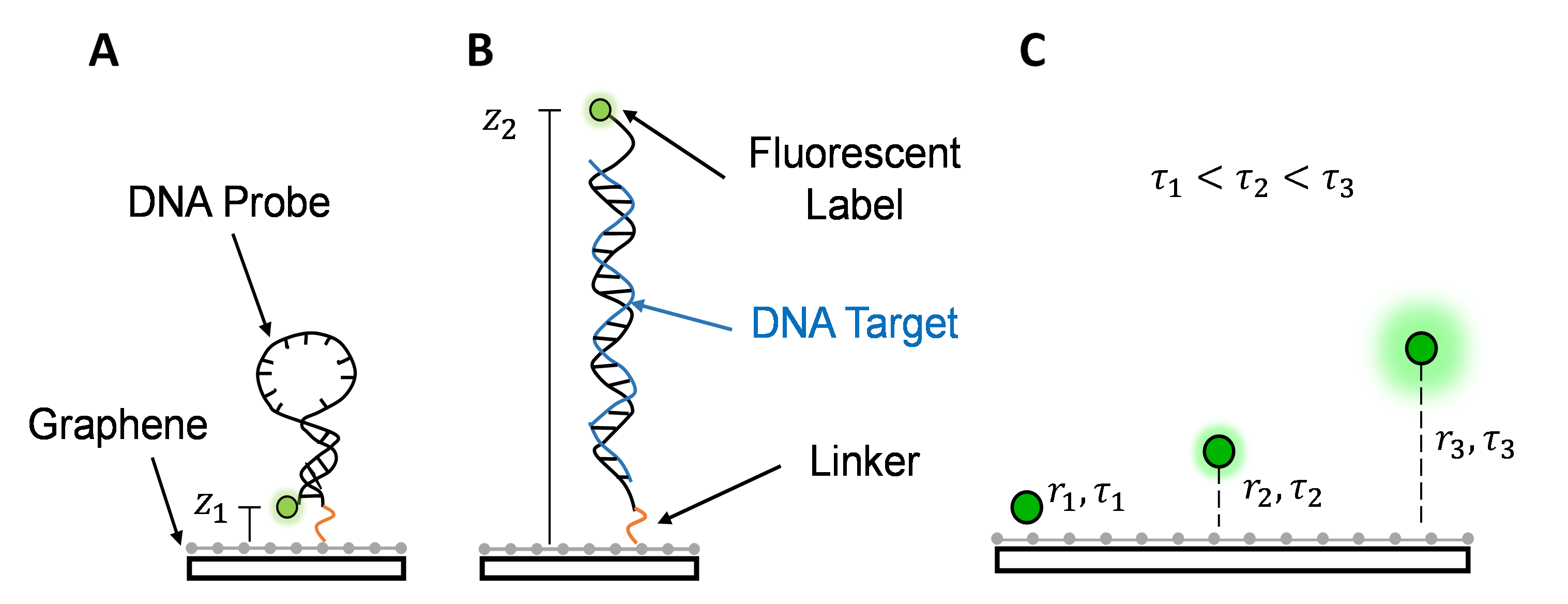Referência:
POCI-01-0145-FEDER-029417
PTDC/NAN-OPT/29417/2017
PI: Edite Filgueiras (INL, now at Champalimaud Foundation)CO-PI: João Pedro Alpuim
Resumo/Summary:
The modifications of the fluorescence lifetime by the presence of fluorescence quenchers can be used to increase the axial resolution of fluorescence lifetime imaging microscopy (FLIM). This can be done by preparing the samples in the top of a thin fluorescence quencher layer. Metal-induced energy transfer (MIET) technique uses a thin film of gold as a quencher material and graphene was also used as an optical nanoscopic ruler.
The axial spatial range of the quencher material depends on its refractive index. The refractive index (RI) of gold thin films cannot be changed, but the RI of other plasmonic materials as titanium nitride (TiN) can be easily modified by changing the growth condition of the films and by using post annealing. This allows to modify the spatial range and resolution of the MIET technique. Additionally, other materials with different RI, such as titanium carbide (TiC) and aluminum-doped zinc oxide (AZO), can also be explored in order to improve and modify the imaging axial range and resolution of MIET technique.
Following this, the main goal of the project is to optimize the MIET technique for different resolutions and distance ranges in order to study different biological processes. First goal of the project is to improve the multi-color FLIM developed by the PI for faster scanning imaging, increasing its time resolution to the second scale allowing to monitor the dynamics of biological events. Then, different materials will be used to manipulate the driving range of the MIET technique. TiN films with different optical properties will be used for this purpose. The potential of other materials as TiC and AZO will also be explored to be used as optical nanorulers. Gold and graphene will also be used and the ranges and resolution of the 5 materials will be stablished. Concerning the applications of the optimized technique, one goal is to visualize the hybridization of DNA nanostructures when in contact with olive oil DNA strands. This will have applications in the development of optical sensors to detect olive oil authenticity. The other biological process that will be addressed is the visualization of epithelial cells tight junctions (TJ) in order to monitor their function and permeability. The DNA nanostructures and the TJ have different axial spatial range requirements: while tetrahedral DNA has 10 nm height when hybridized, the dimensions of the TJ is between 400-500 nm.
The project brings together researchers and institutions with complementary expertise. The PI and Co-PI have expertise in photonics, the partners of the project from UMinho and INL have expertise in graphene production and its applications in bio-sensing, collaborators from DTU-Fotonik have expertise in the development of novel plasmonic material and collaborators from BioMediTech have expertise in modeling, assessing the electrophysiology and biomechanics of the epithelial cells..
Palavras chave:
FLIM-Fluorescence Lifetime Imaging
MIET-Metal Induced Energy Transfer
Nano biosensors
Live Cell Super-Resolution Microscopy
Parceiros:
- UNIVERSIDADE DO MINHO
- INL (LABORATÓRIO IBÉRICO INTERNACIONAL DE NANOTECNOLOGIA)
Orçamento Global: 239 888, 70€
Orçamento UMinho: 31 737, 50€
-
Apoio Financeiro UM
FEDER: 26 976, 88€
OE: 4 760, 62€
Data início: 01/06/2018
Data Fim: 31/05/2022
Financiamento:
FEDER, OE



